A hidden solar storm changed Earth’s past.
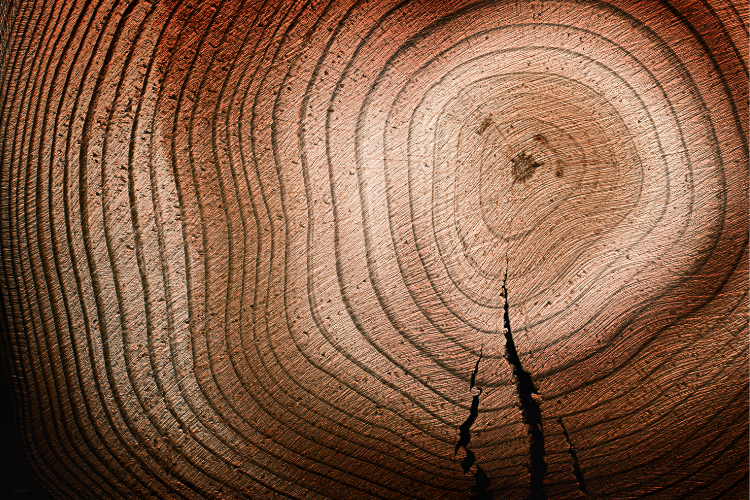
Earth’s atmosphere once absorbed a burst of energetic particles from the Sun, one so powerful it left a fingerprint in the rings of ancient trees. Researchers have detected abrupt spikes in radiocarbon (¹⁴C) in tree ring records, pointing to extreme solar proton events long before telescopes existed.
That discovery is part of a broader effort to map ancient solar activity. The tree rings act as natural archives, recording sudden increases in cosmic radiation that reached Earth. Today those signals help us understand how exceptional solar blasts may shape climate, technology risks, and solar history.
1. A huge radiocarbon spike occurred about 14,300 years ago.
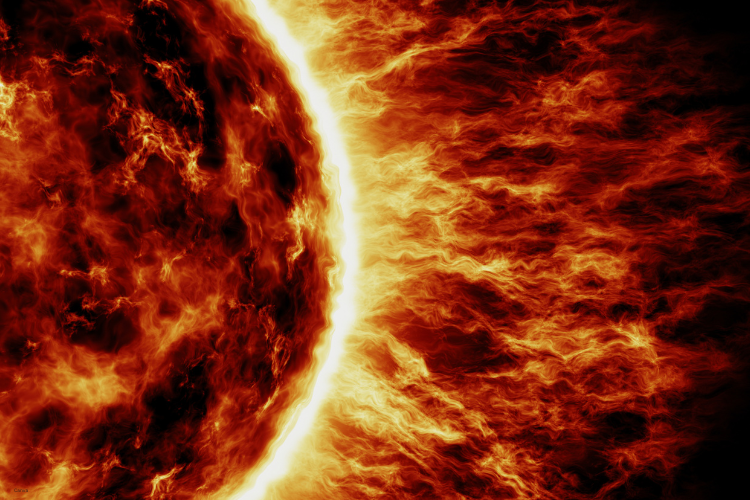
Scientists sliced subfossil tree rings from the French Alps and found an unprecedented jump in radiocarbon, far above background variations. That sharp rise is best explained by a massive influx of solar energetic particles striking Earth’s atmosphere, generating extra ¹⁴C inside the rings. The team proposed it was the largest known solar storm in Earth’s history, based on comparison with ice core isotope data, as discovered by the international team referenced in Phys.org.
The magnitude of that ¹⁴C increase suggests a blast of energy the Sun rarely, if ever, releases. If a comparable event struck today, satellites, power grids, and communications would be badly hurt. In the ancient record it stands out because no known ordinary cosmic ray fluctuation explains it.
2. The event far outstrips later solar storms.
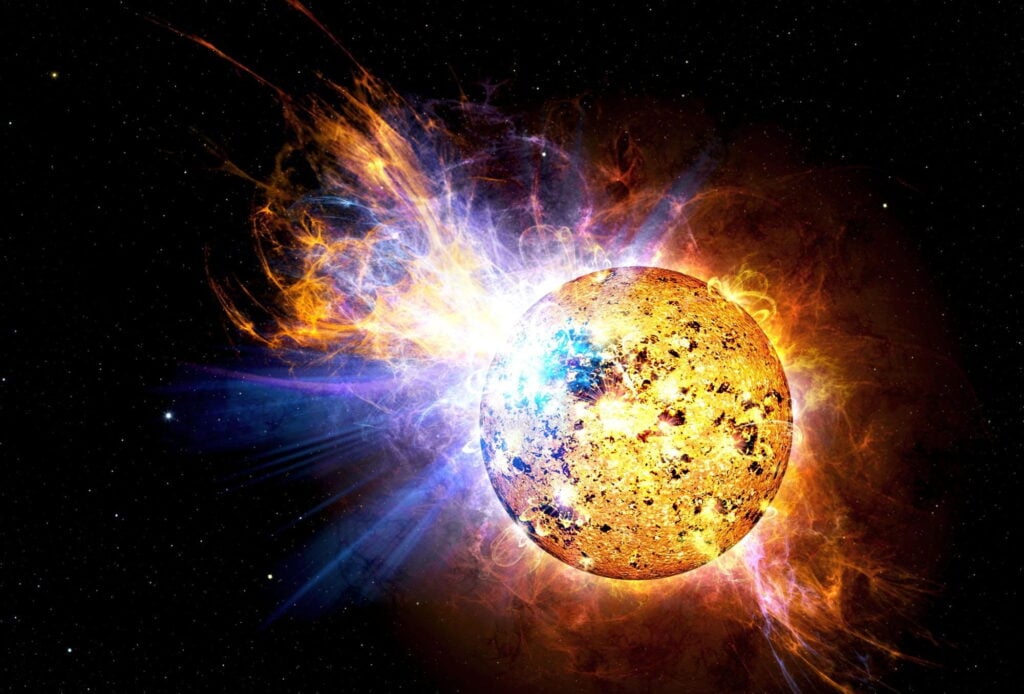
Later “Miyake events” like those in 774 to 775 CE and 993 to 994 CE show significant but more modest radiocarbon spikes. This 14,300 year event towers above them in amplitude. It seems to represent a class of solar or cosmic blasts that eclipse anything in the modern era.
According to the scientists, its size and uniqueness mark it as extreme beyond known historical precedent, as reported by EurekAlert. The contrast with better documented Miyake events highlights that our Sun may occasionally reach behaviors far beyond what we’ve observed in human history.
3. Tree rings and ice cores confirm the signal.
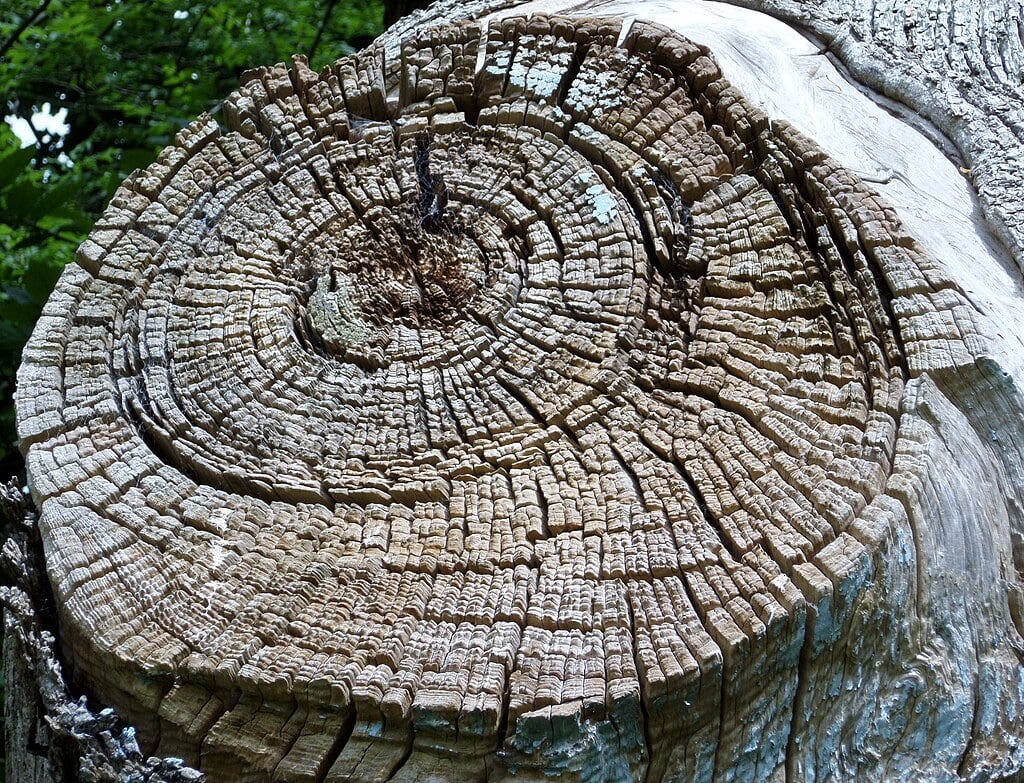
The radiocarbon anomaly in tree rings was cross checked with beryllium 10 and other cosmogenic isotopes stored in polar ice cores, a standard method to validate cosmic events. By aligning spike signatures in both archives, researchers strengthened the case for a genuine solar proton event. This was stated by the team studying tree ring archives in the Arizona news release.
This multi archive confirmation reduces the chance it was a regional or terrestrial anomaly. The matching isotopes suggest the burst was global in effect, reaching all latitudes. That coherence gives astronomers confidence that the cause truly lay in space weather, not Earth processes.
4. Such events are called Miyake events.

Sharp jumps in ¹⁴C across successive tree rings signify what scientists term “Miyake events,” named after physicist Fusa Miyake, who first recognized them in the 21st century. These events are rare, extreme solar proton episodes that leave immediate isotope signatures captured in wood and ice. The 14,300 year event appears to fit this pattern but with far greater magnitude than any previously identified.
Miyake events provide scientists with a unique global timestamp, allowing separate studies of cosmic radiation, solar history, and even atmospheric chemistry to align with remarkable precision. They have become one of the most useful tools for connecting the behavior of the Sun to measurable changes here on Earth.
5. Their frequency is very low and unpredictable.
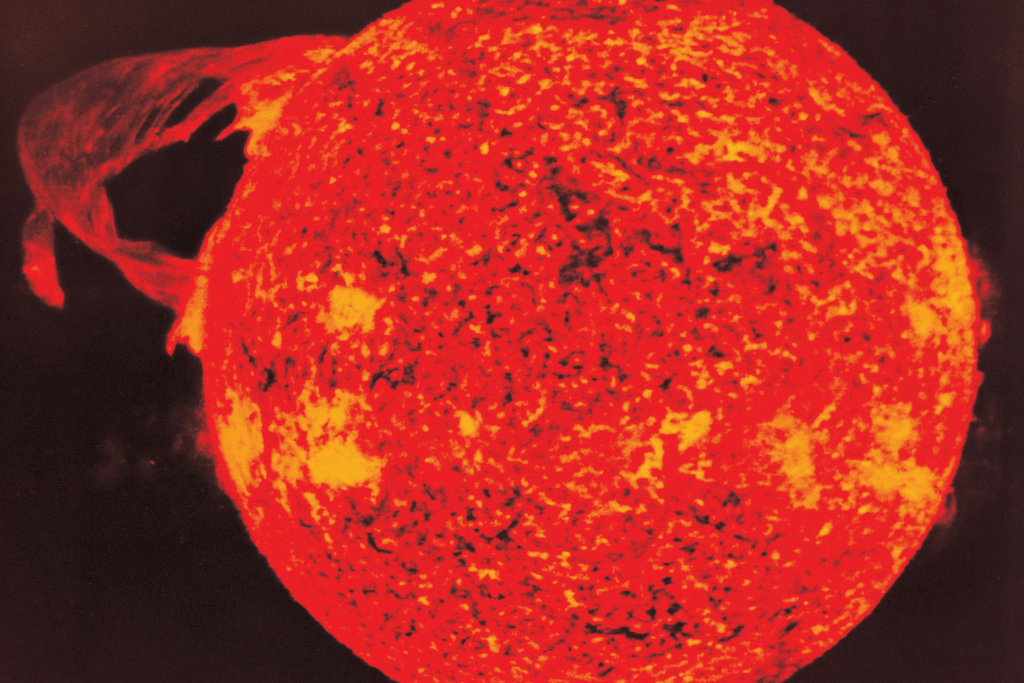
Only a handful of Miyake events have been confirmed in the past 15,000 years, suggesting that such solar outbursts are rare and irregular. The intervals between known events vary from hundreds to thousands of years, which means they don’t follow any clear solar cycle pattern. Their randomness makes them difficult to model or anticipate.
The infrequency of these events is both comforting and unsettling. It means modern society is unlikely to face one soon, yet it also proves the Sun is capable of violent surprises. The unpredictability keeps researchers scanning every new tree ring record for signs of another anomaly waiting to surface.
6. The physical cause remains debated.
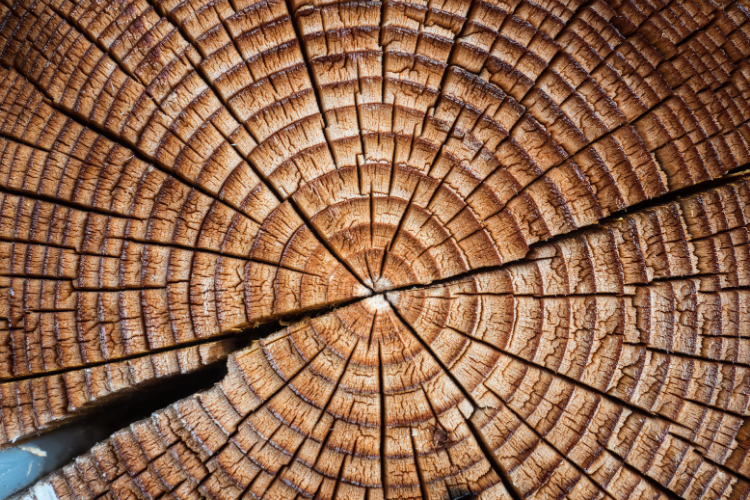
While the Sun is the most likely culprit, no single explanation fully fits the evidence. Some scientists think a sequence of massive solar flares combined with coronal mass ejections could have accelerated high energy particles toward Earth. Others wonder if an entirely different cosmic phenomenon, such as a nearby gamma ray burst, might leave similar isotope traces.
Each theory carries implications for how space weather can influence planets beyond our own. If a solar origin is confirmed, it suggests the Sun occasionally erupts with an intensity well beyond what our instruments have ever recorded, forcing scientists to expand the limits of known solar physics.
7. It offers a new time marker for archaeology.
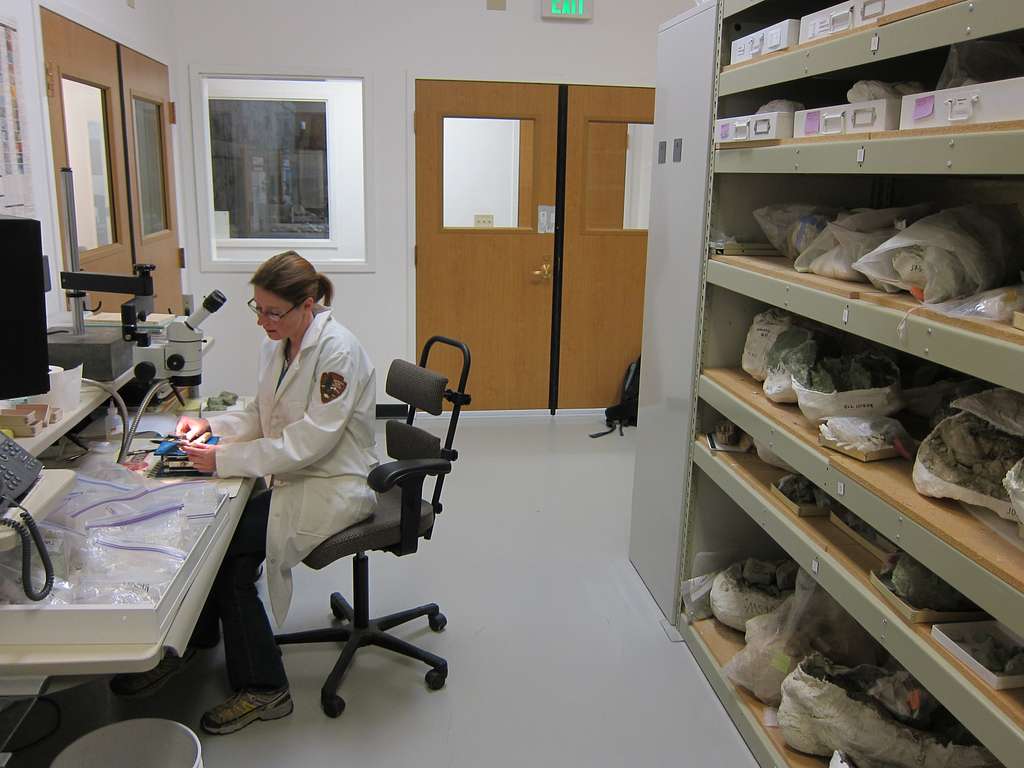
Radiocarbon spikes serve as precise chronological anchors because they occur everywhere on Earth at the same time. When researchers find the same anomaly in ancient wood, it can instantly synchronize historical timelines across continents. Archaeologists now use known Miyake events as calibration points to refine dating accuracy.
The 14,300 year event could one day allow scientists to date prehistoric human settlements or artifacts with unprecedented precision. Like cosmic timestamps written into timber and bone, these events bridge deep time, connecting ancient forests to the stories of early humans who lived beneath the same turbulent Sun.
8. It shapes understanding of solar and climate history.
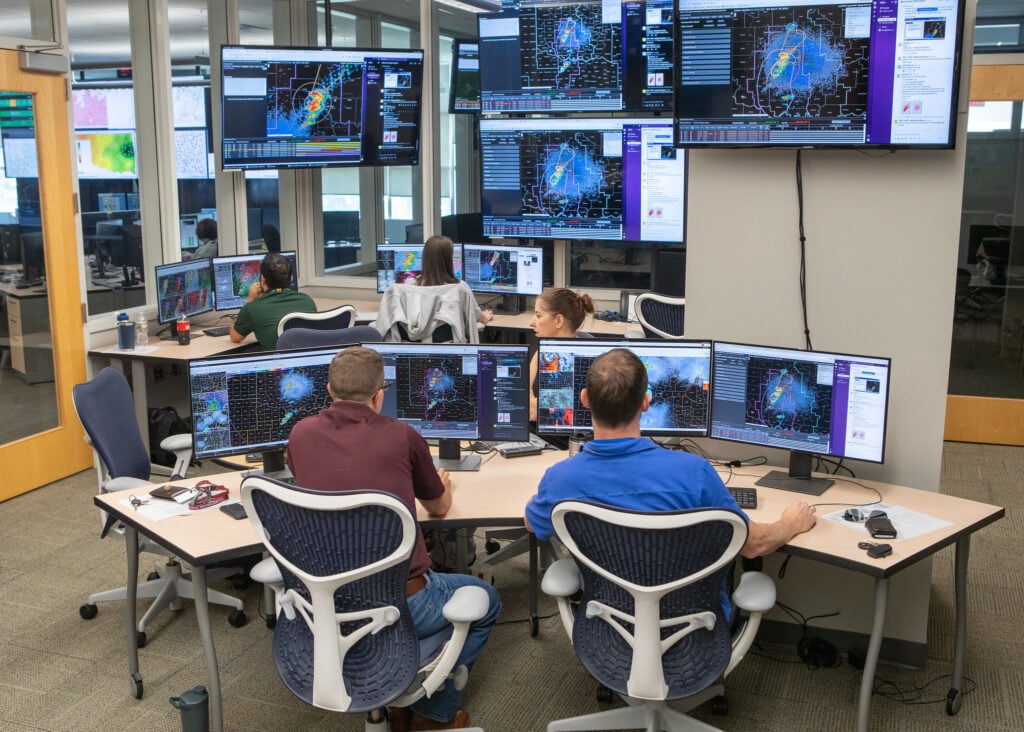
When researchers include Miyake events in climate reconstructions, they gain a sharper picture of how bursts of solar activity influence atmospheric chemistry and possibly even temperature shifts. These events inject charged particles into the atmosphere that can alter ozone and affect radiative balance.
Although such connections remain under study, the idea that solar blasts can leave subtle climate fingerprints has gained traction. Tracing these relationships over tens of thousands of years helps scientists see the Sun not just as a constant star but as a dynamic force that occasionally rattles Earth’s environment.
9. Modern technological risks are more urgent now.
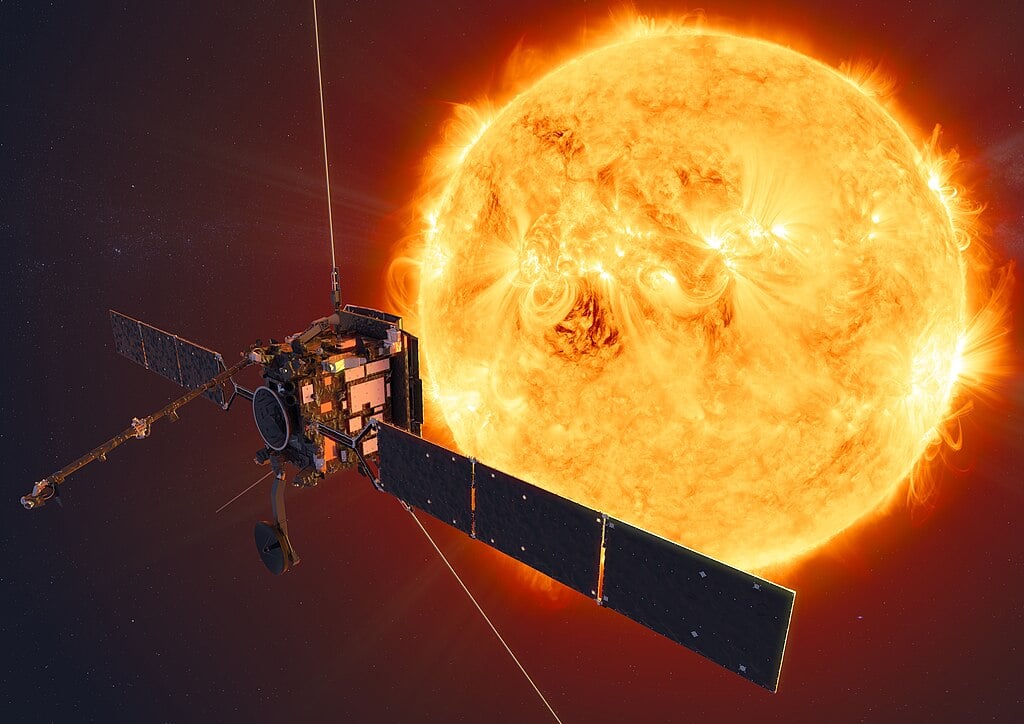
In ancient times, a solar outburst like this may have gone largely unnoticed except for auroras stretching far south. Today, the same kind of event would wreak havoc on technology. Power grids could collapse, satellites could fail, and long range communications could go dark within hours.
Understanding the frequency and magnitude of such events helps engineers design better safeguards. Governments and space agencies are now investing in early warning systems that could limit damage if another extreme burst ever struck. The lesson buried in those ancient trees is one of both awe and caution.
10. Further sampling and cross checks will matter.
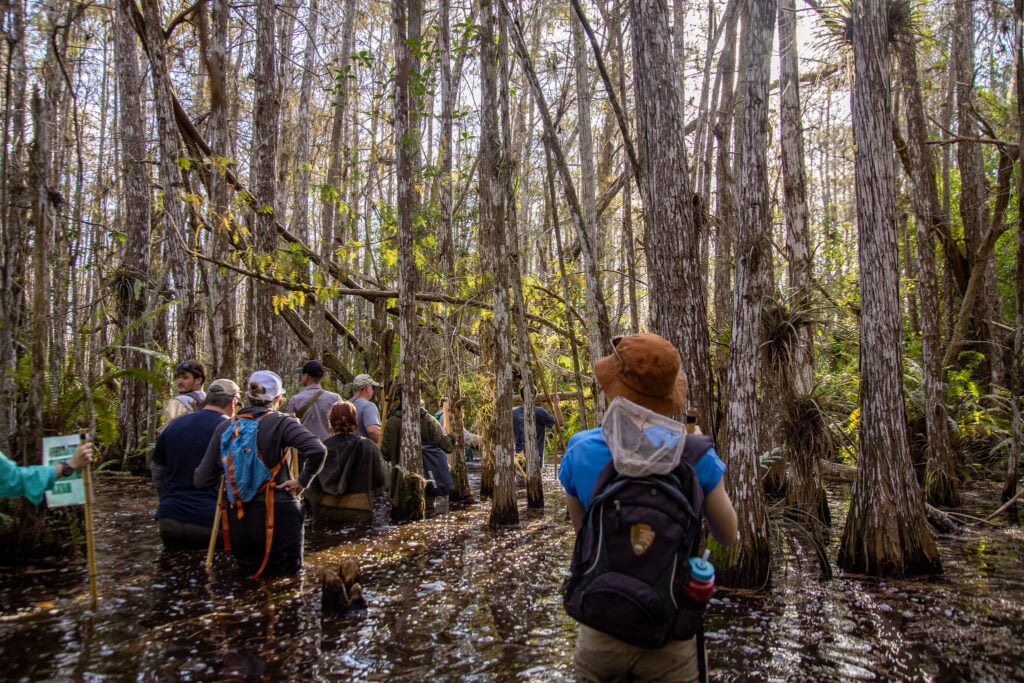
Scientists are now searching tree ring archives in Asia, North America, and the Southern Hemisphere to verify whether the 14,300 year signal is truly global. If found elsewhere, it would seal its identity as a major solar or cosmic event, not a local anomaly.
Every new tree, ice core, or sediment layer could add another piece to this puzzle. What began as a quiet anomaly in ancient wood has turned into one of the most compelling mysteries in solar science. The Earth, it seems, remembers far more of the Sun’s past than we ever realized.
